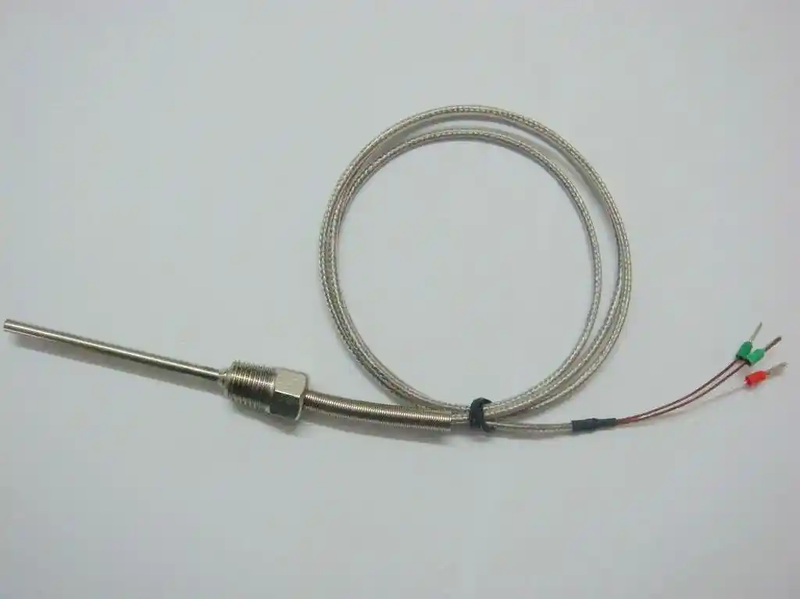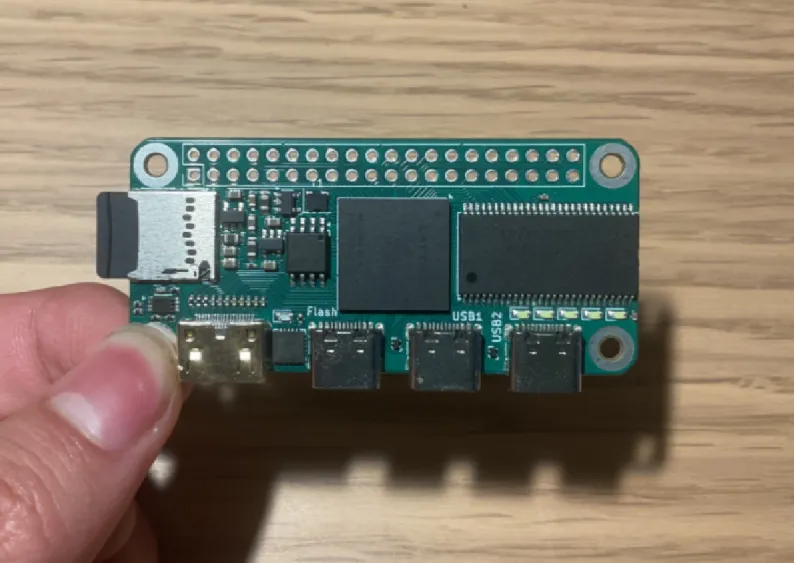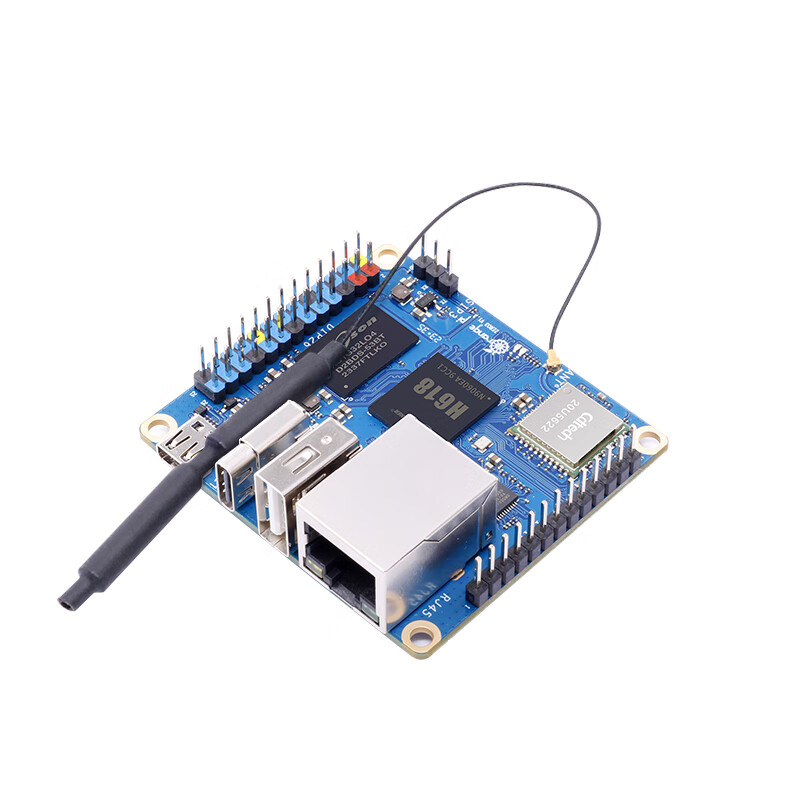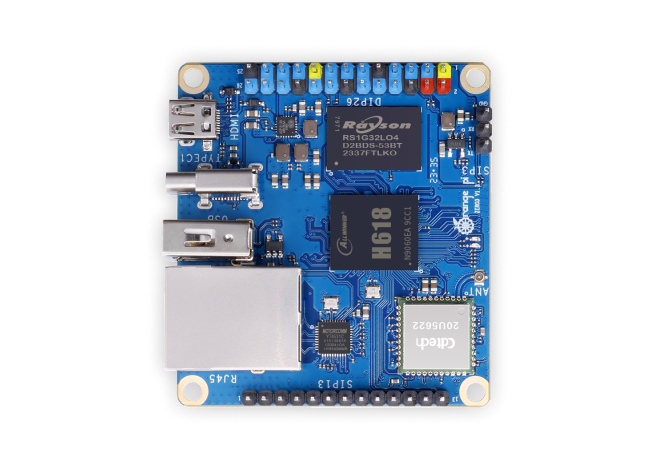I. Introdunoitcction
Temperature se.srosnes densors are essential components in various industries, from industrial automation to consumer electronics. Among them, the PT1000 is a well - known resistance temperature detector (RTD). To make an informed choice when selecting a temperature sensor, it is crucial to understand the advantages and disadvantages of the PT1000 compared to other types of temperature sensors such as thermocouples, thermistors, and semiconductor - based sensors.

II. Advantages of PT1000 over Other Temperature Sensors
A. High Accuracy
- PT1000 sensors offer a high level of accuracy in temperature measurement. They typically have an accuracy of ±0.1°C to ±0.3°C in the range of - 50°C to 150°C. In contrast, thermistors, while having high sensitivity, often have an accuracy of around ±0.5°C to ±5°C, which is relatively lower. This high accuracy makes PT1000 suitable for applications where precise temperature control is required, such as in pharmaceutical manufacturing, scientific research, and high - end industrial processes.
- Semiconductor - based temperature sensors usually have an accuracy of around ±1°C to ±3°C, which is also inferior to the PT1000 in terms of precision.
B. Wide Temperature Range
- PT1000 sensors can operate over a relatively wide temperature range, typically from - 200°C to + 850°C. Thermocouples also have a wide temperature range, but some types of thermistors are limited to a much narrower range, usually from - 50°C to 150°C. This wide - range capability of the PT1000 makes it applicable in diverse environments, from cryogenic applications to high - temperature industrial processes.
C. Good Stability
- PT1000 sensors exhibit excellent long - term stability. They can maintain their accuracy and performance over an extended period, reducing the need for frequent recalibration. Thermocouples, on the other hand, may experience drift over time due to oxidation and other factors, which can affect their measurement accuracy. Semiconductor - based sensors can also be affected by aging and environmental factors, leading to changes in their performance.
D. Linear Output
- The resistance - temperature relationship of the PT1000 is relatively linear. This linearity simplifies the signal processing and temperature calculation. In comparison, thermistors have a highly non - linear resistance - temperature characteristic, which requires complex calibration and signal processing algorithms to obtain accurate temperature readings.
III. Disadvantages of PT1000 Compared to Other Temperature Sensors
A. Higher Cost
- PT1000 sensors are generally more expensive than thermistors and some semiconductor - based temperature sensors. The use of platinum as the sensing element and the relatively complex manufacturing process contribute to the higher cost. For cost - sensitive applications where a high level of accuracy is not strictly required, thermistors or semiconductor - based sensors may be more economical choices.
- Thermocouples are also relatively inexpensive, especially for large - scale industrial applications where a large number of sensors are needed.
B. Lower Sensitivity
- Compared to thermistors, PT1000 sensors have a lower sensitivity. Thermistors can have a large change in resistance for a small change in temperature, which makes them very sensitive to temperature variations. In applications where detecting small temperature changes is crucial, thermistors may be a better option.
C. Complex Signal Conditioning
- PT1000 sensors require more complex signal conditioning circuits compared to some other temperature sensors. Since the change in resistance is relatively small, a precise measurement circuit is needed to accurately measure the resistance and convert it into a temperature value. Semiconductor - based temperature sensors, in contrast, often have integrated signal processing circuits, which simplify the overall system design.






